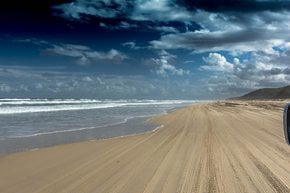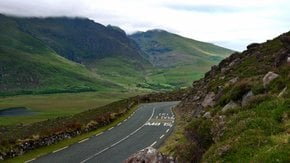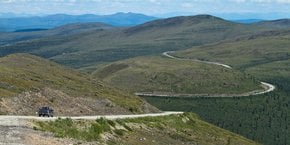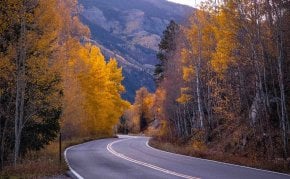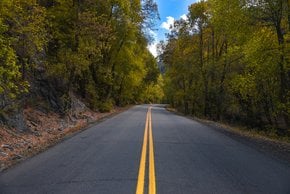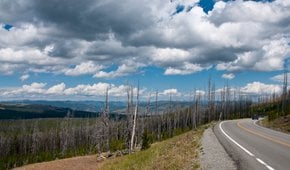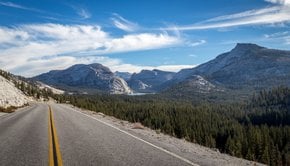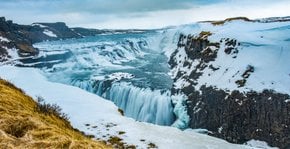Transfagarasan Road Trip in Romania 2026
Fancy riding along serpentine roads with the terrifying views of precipices?
Best time: late June–late October (weather permitting)
Passing among precipices, long tunnels, and numerous viaducts drivers are advised not to go above 40 km per hour for their own safety. The name, Transfagarasan Road, is derived from its location as it actually winds down the Fagaras mountains. It was built in the early 70s by Romanian military forces who were determined to make it a strategic road by the initiative of Nicolae Ceaușescu. Nowadays its popularity is growing among tourists alongside other curvy European roads like the Grossglockner in Austria or Passo Stelvio in Italy.
Around 6,000 tonnes of dynamite were necessary to clear the 90 km path for the dangerous road through Transylvanian Alps and 40 soldiers died during its construction. The hazardous but scenic trip is possible only when all sections of the Transfagaran Road are passable—that is between June to September, however, occasionally early snowfalls may block the way already in August, and conversely—the road may be available up to November.
Car access depends on the weather conditions, so we recommend checking the road closures prior to actually planning to take that road trip. When there is no car access, travellers can still enjoy a cable car ('telecabina') ride from Bâlea Lake to Bâlea Waterfall and back. The cable car doesn't operate on windy days.















